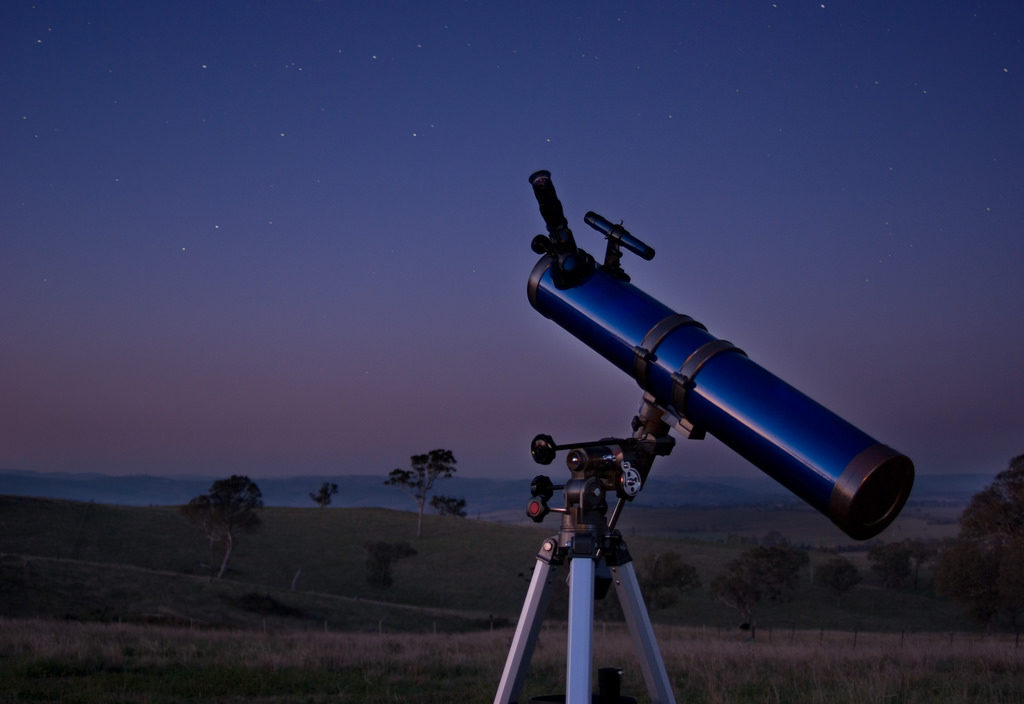
If you have been thinking about getting a telescope, but you find it extremely hard to make up your mind about which model you should select, we’re going to give you a hand. Not all users are the same, which is to say that their requirements differ largely from one individual to the next.
The first thing that you should try to do is assess the purpose you are trying to achieve. Keep in mind that some people are interested in getting handheld telescopes that can be used under a variety of circumstances.
Some models made out of brass are quite popular as they give a vintage feel, although many of them are made for decorative purposes alone. If you’re trying to find a device and want to give it as a gift, we would suggest avoiding this type of present unless you know that the person who is going to receive it is not a budding astronomer.
If you are a complete beginner when it comes to stargazing, there are some tips that can help you get started. One of them would be to avoid spending a fortune right off the bat. Think of it this way; many of the high-end models you are likely to come across have been designed for users who have already acquired a minimum of skills with regard to utilizing a telescope.
Some of these options are outfitted with cutting-edge features such as GPS units. If you know that you are not a tech-savvy person, we would suggest avoiding such alternatives for now. You may want to consider them once your learning curve doesn’t look like a mountain and has shifted into something more like a hill.
The point that we are trying to make is that it would be less cost-effective and downright counterproductive for your skills if you were to get an overly complicated telescope when you hardly have any idea on how you could use it.
The Optics and Lab website has a section in an article devoted to choosing the right telescope, and it deals with ease of use. If you want a good all-around telescope for looking at the Moon, for instance, you might as well consider one that comes with an aperture of 70mm. If the device you have chosen can be used for terrestrial viewing, you can even make the most of it and employ it for surveillance purposes or for looking at wildlife from a distance.
Models with a superior aperture can be utilized to look at the Moon, as well, but you will be able to see a great deal of other stars and even nebulas and star clusters with their assistance. Keep in mind that working with such a device might be more difficult if you don’t have the right experience.


